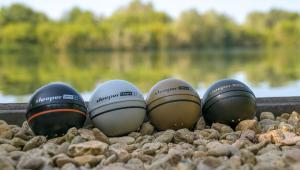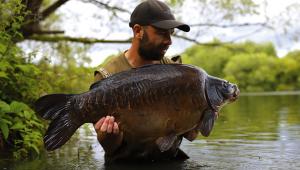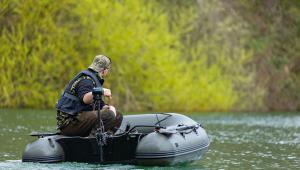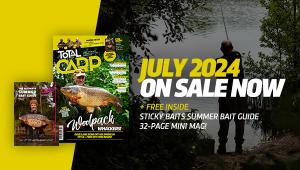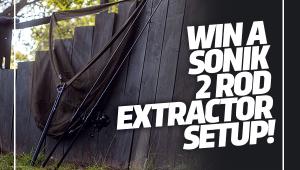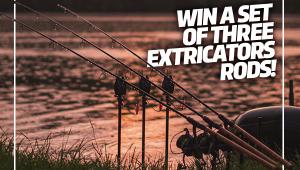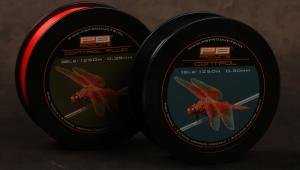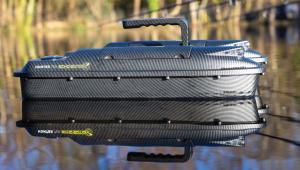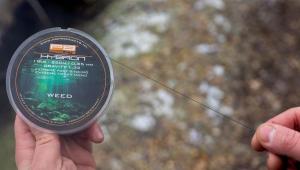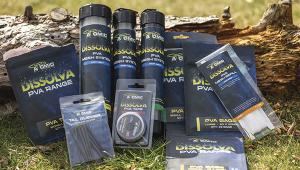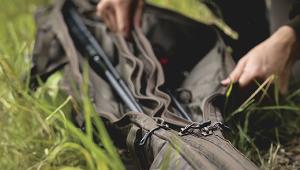How To Set Up Safe Leadcore Leaders
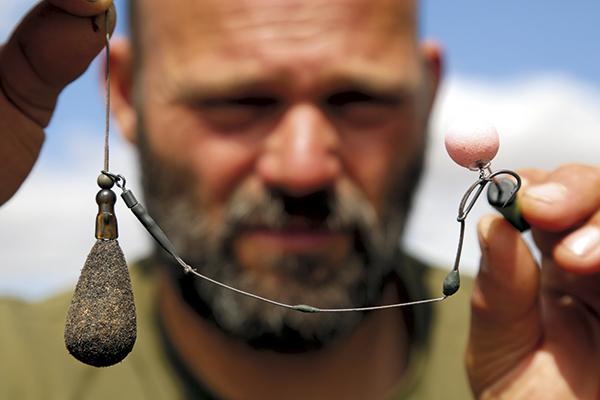
It was way back in the mid-1990s when a friend of mine, Ian Brown, first showed me the benefits of a material product he was using to construct heavy, durable leaders. It came from the game fishing industry and was a woven hollow fibre with a thin lead wire inner… leadcore, as we know it.
The benefits were very obvious at first sight, and compared to the tubing available at the time it looked positively stealthy! Add to this the weight factor and abrasion resistance, and it was something that became a staple item in my terminal tackle armoury. It was not without its problems, mind, and learning to use it safely and efficiently was key. This meant a bit of tinkering around with various knots, alongside the destruction of untold splicing needles, until eventually I was happy with the final result.
My finished leader had a small spliced loop at both ends, which allowed me to attach it to my main line at one end and construct the rig safely at the other. With modern components now refined for this sort of application, it is so much easier these days to get things neat, efficient and working just how they should.
I set my leaders up the same way for all my helicopter style rigs on the leadcore and will explain now how and why I do things this way. It works for me and is pretty easy to achieve.
My leaders are anything between two and six feet in length, depending on conditions. If the spots are small and the lake weedy, they are on the shorter side to allow them to sit well and not ride up on the weed or become a hindrance when playing fish. If the lake is clear and the spots are large, silty gulleys for instance, I will lengthen the leader to suit.
So the chosen length is cut and after removing six inches of the inner core I splice a loop in at one end. Removing the same from the other end I then thread on a small section of 0.5mm silicone tubing to the leadcore. This I found is the perfect product to mount the top bead of the system as it has enough grip to hold a bead firmly on the cast but also releases that bead under pressure. This is the key to the safety of the rig. The top bead has a bore big enough to sit on the wider material of the silicone and hence, once released, can slide up the leader and release the hook link in the event of your main line failing etc.
Once your top bead is seated on the silicone, a ring swivel is mounted, large ring first, on to the leader. This is followed by a buffer bead and then a small oval clip is spliced on to finish the leader and retain your lead. I will use this system for much of my angling.
The only time I change this setup is if the weed is proving a problem and the size of lead required to reach the spots is larger than I would like to have hanging on the rig when playing a carp. In this instance, I exchange the small oval clip for a heavy ring and use a small plastic ‘c’ clip sheathed in a sleeve of silicone. This performs two functions: Firstly, it allows casts and retrieves to be made in weedy situations safely without losing the lead, and second if while playing a carp it powers into a weed bed, the lead will safely eject from the clip under pressure and often this is all that is required to get the fish moving and landed safely.
With two strains of clip available to suit various situations you can adapt and fish effectively and safely. With the clip retaining the lead, the top bead can once again safely pull off in the event of a main line failure.
This simple arrangement is incredibly versatile when it comes to fishing over a variety of substrates. With the ability to slide the top bead up the leader, the rig can now be effectively fished over deep silty zones, low weed or even as a long running chod, with the link flying way back up the leader. This allows you to quickly and efficiently cast to different zones and have effective presentation. On the firmer ground, I keep the bead down close to the buffer bead, and on the softer ground will give four to six inches of play to allow the rig to settle.
The heavy nature of the leadcore suits a slack, or semi-slack line fishing at close to medium range with the leader becoming well disguised as it slowly sinks into the weed or silt. For tight line angling in clear water, it may be more effective to use a clear or fluorocarbon style leader as the leadcore would be a little obvious in those situations.
Modern leadcore is often flecked or disrupted in colour and tone to allow it to blend well on the bottom and is perfectly suited to those situations where abrasion resistance on bars or mussel-infested weed is required to give you the best chance of landing your carp.
I have used the leadcore for many years now in this way and it has rarely, if ever let me down. The rigs I use perform well on the material and it gives a nice thick buffer when playing carp.
Versatile, robust and standing the test of time, it is my go-to material for the majority of my angling and suits my style of fishing, allowing for quick changes of tactics for a whole host of different situations.
The heavy nature of the leadcore suits a slack, or semi-slack line fishing at close to medium range with the leader becoming well disguised as it slowly sinks into the weed or silt. For tight line angling in clear water, it may be more effective to use a clear or fluorocarbon style leader as the leadcore would be a little obvious in those situations.
Modern leadcore is often flecked or disrupted in colour and tone to allow it to blend well on the bottom and is perfectly suited to those situations where abrasion resistance on bars or mussel-infested weed is required to give you the best chance of landing your carp.
I have used the leadcore for many years now in this way and it has rarely, if ever let me down. The rigs I use perform well on the material and it gives a nice thick buffer when playing carp.
Versatile, robust and standing the test of time, it is my go-to material for the majority of my angling and suits my style of fishing, allowing for quick changes of tactics for a whole host of different situations.
Step-By-Step: Tying A Leadcore Leader
1. These are the components that you will need to tie the leader.
2. Remove six inches of the inner core at one end of the leadcore.
3. Push the splicing needle in at the start od the lead break.
4. Push it out just short of three inches up the supple length.
5. Hook the top of the tag end and pull it back into the leadcore.
6. The fibres merge and pull the neddle out.
7. You should be left with a loop; check it's secure before carrying on.
8. Add a tungsten safety leadcore bead.
9. Then add your swivel, this is what the rig will be tied too.
10. Add a bead, thin end on first.
11. The splice a small oval clip on, this will attach the lead.
12. Pull the buffer bead over the clip and you are finished.
- Log in or register to post comments
